10 Best Herbal Lotions For Chickenpox

Herbal lotions have been traditionally used to alleviate the symptoms of chickenpox by soothing the skin and reducing inflammation.
These lotions often contain natural ingredients such as calendula, chamomile, and lavender, which possess anti-inflammatory and antimicrobial properties. Applying a cool herbal lotion can help ease the itching and discomfort associated with chickenpox blisters. However, it is important to ensure that the lotion is gentle and free from irritants to avoid further skin sensitivity.
While herbal lotions may provide some relief, they should not replace medical treatment, especially for severe cases of chickenpox.
FREE Herb Drying Checklist
How to make sure every batch retains maximum flavor, color, and aroma without the risk of mold or over-drying. Eliminate guesswork and trial-and-error, making herb drying faster, easier, and more efficient every time.
Table of Contents
1. Aloe barbadensis
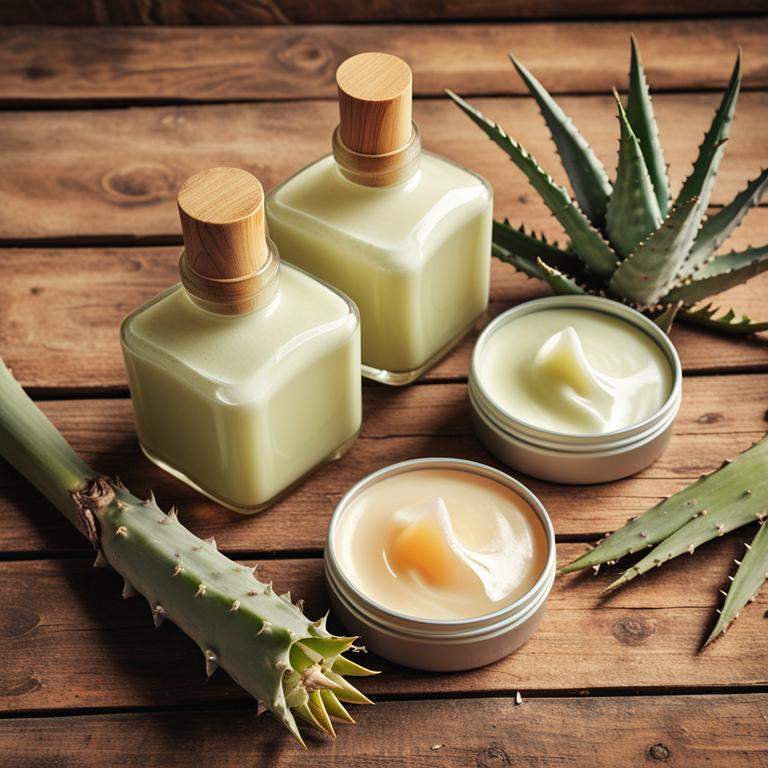
Aloe barbadensis, commonly known as aloe vera, is often used in herbal lotions for its soothing and healing properties.
These lotions are popular for their ability to alleviate the discomfort associated with chickenpox, such as itching and inflammation. The gel-like substance in aloe vera contains anti-inflammatory and antimicrobial compounds that can help reduce the severity of symptoms. When applied topically, aloe-based lotions can promote skin healing and prevent secondary infections.
However, it is important to consult a healthcare provider before using aloe vera products, especially for children or individuals with sensitive skin.
2. Calendula officinalis
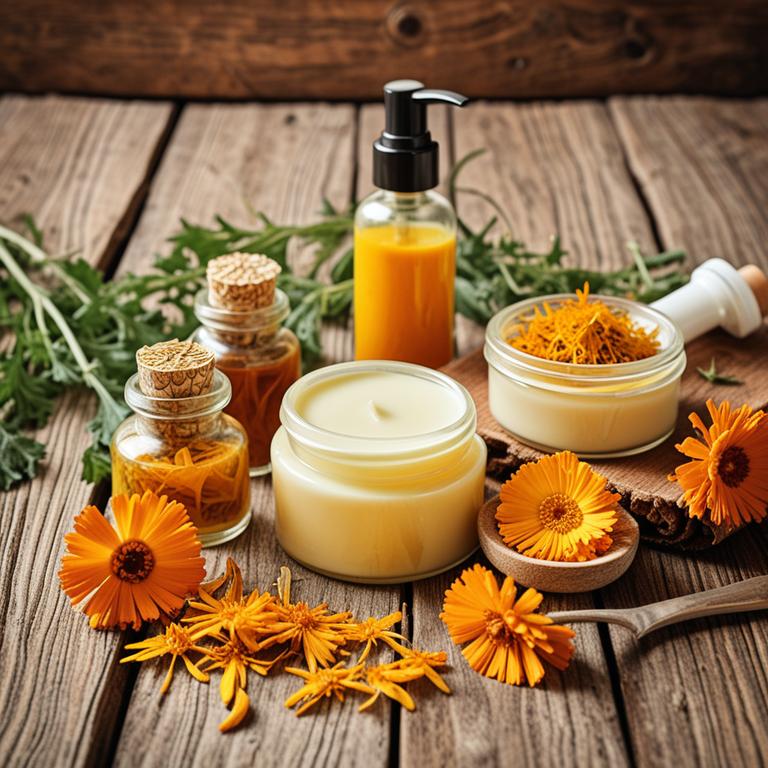
Calendula officinalis herbal lotions are commonly used in traditional medicine to soothe the skin and reduce inflammation associated with chickenpox.
These lotions contain anti-inflammatory and antimicrobial properties that may help alleviate the discomfort of chickenpox blisters. While they are not a cure for chickenpox, calendula-based products can provide relief from itching and promote faster healing of the rash. They are generally considered safe for topical use, though individuals with sensitive skin should perform a patch test before applying.
However, it is important to consult a healthcare professional before using any herbal remedy, especially for children or those with underlying health conditions.
3. Hypericum perforatum
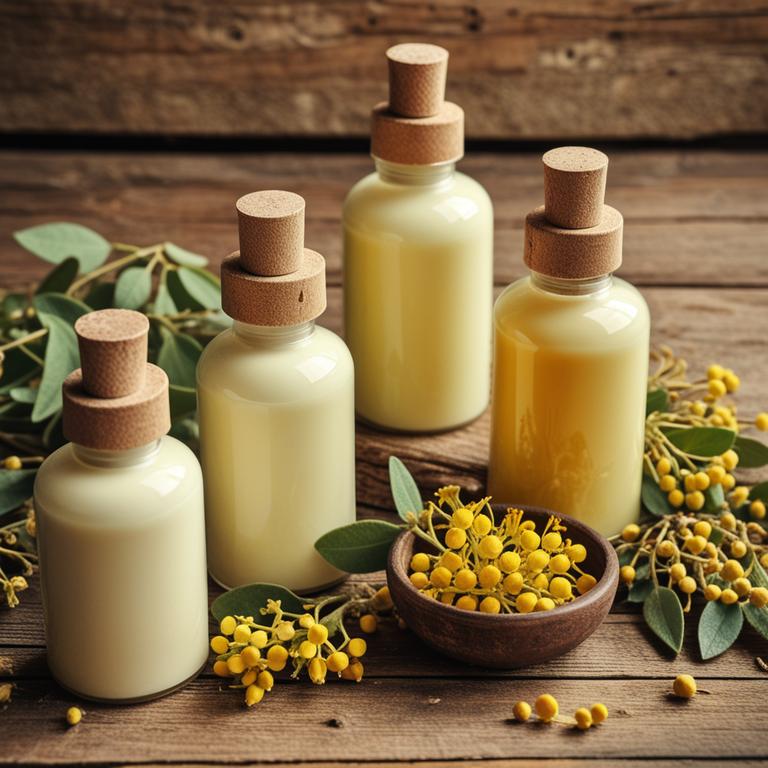
Hypericum perforatum, commonly known as St. John's wort, is often used in herbal lotions for its potential anti-inflammatory and antiviral properties.
These lotions are traditionally applied topically to reduce the discomfort and appearance of chickenpox blisters. While some studies suggest that hypericum may have soothing effects on skin irritations, it is important to note that its efficacy for chickenpox specifically has not been widely scientifically validated. Due to the risk of photosensitivity and potential interactions with other medications, caution should be exercised when using St. John's wort-based products.
As with any treatment for chickenpox, it is advisable to consult a healthcare professional for proper care and management.
4. Lavandula angustifolia
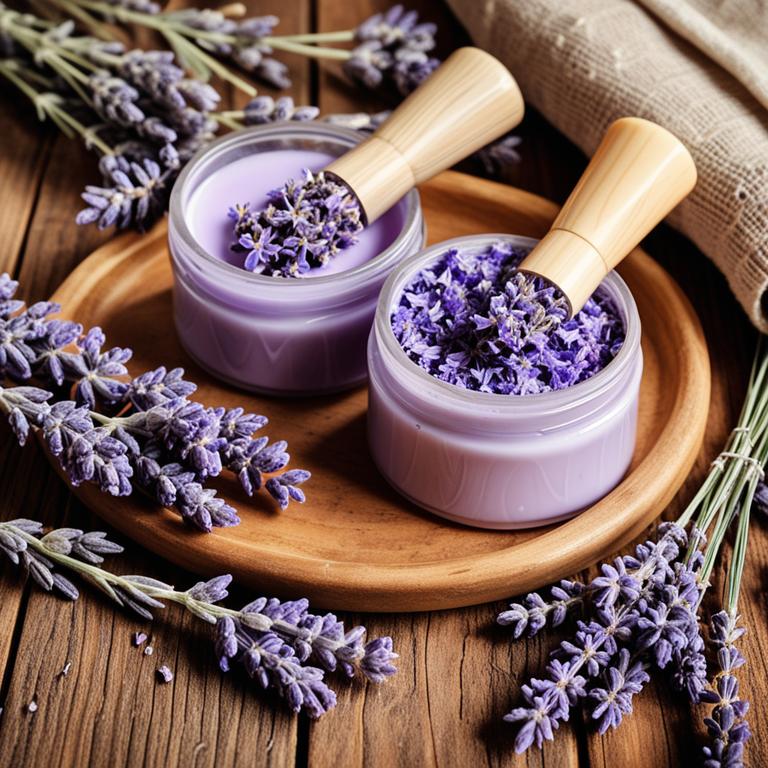
Lavandula angustifolia, commonly known as English lavender, is often used in herbal lotions for its soothing and antiseptic properties.
These lotions are particularly beneficial for individuals suffering from chickenpox, as they can help reduce the itching and discomfort associated with the condition. The calming aroma of lavender also promotes relaxation and may aid in reducing stress, which can support the body’s natural healing process. When applied topically, lavender-based lotions can help prevent secondary infections by keeping the skin clean and dry.
However, it is important to consult with a healthcare provider before using any herbal remedy, especially for children or those with sensitive skin.
5. Urtica dioica
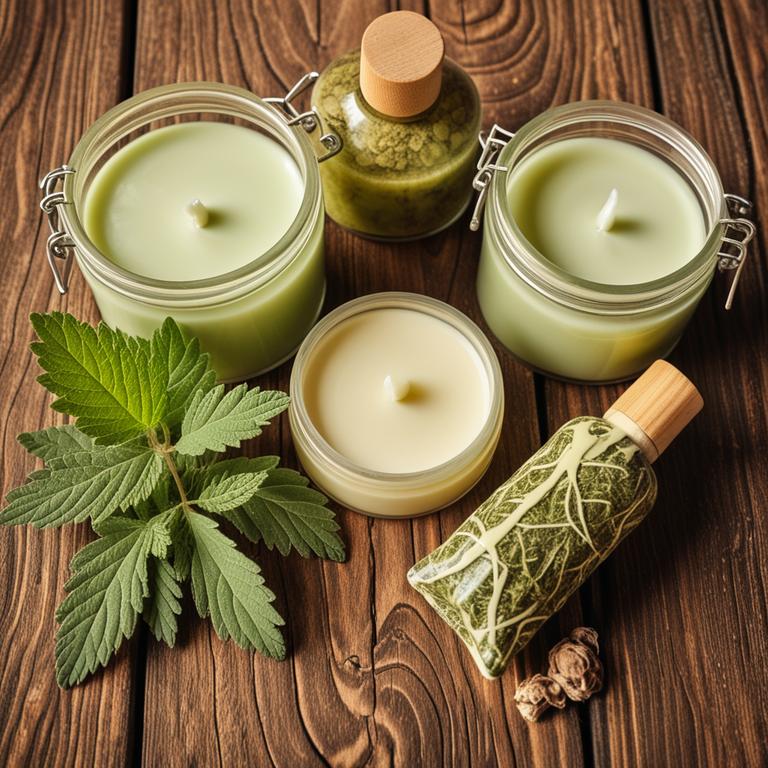
Urtica dioica, commonly known as stinging nettle, has been traditionally used in herbal remedies for its anti-inflammatory and antiviral properties.
Herbal lotions made from Urtica dioica can be applied topically to reduce the severity of chickenpox symptoms such as itching and inflammation. These lotions may help soothe the skin and promote healing by providing a cooling effect and reducing irritation. However, it is important to note that while some people use nettle-based remedies for chickenpox, they should not replace professional medical advice or treatment.
Always consult a healthcare provider before using any herbal remedy, especially for children or individuals with sensitive skin.
6. Chamomilla recutita
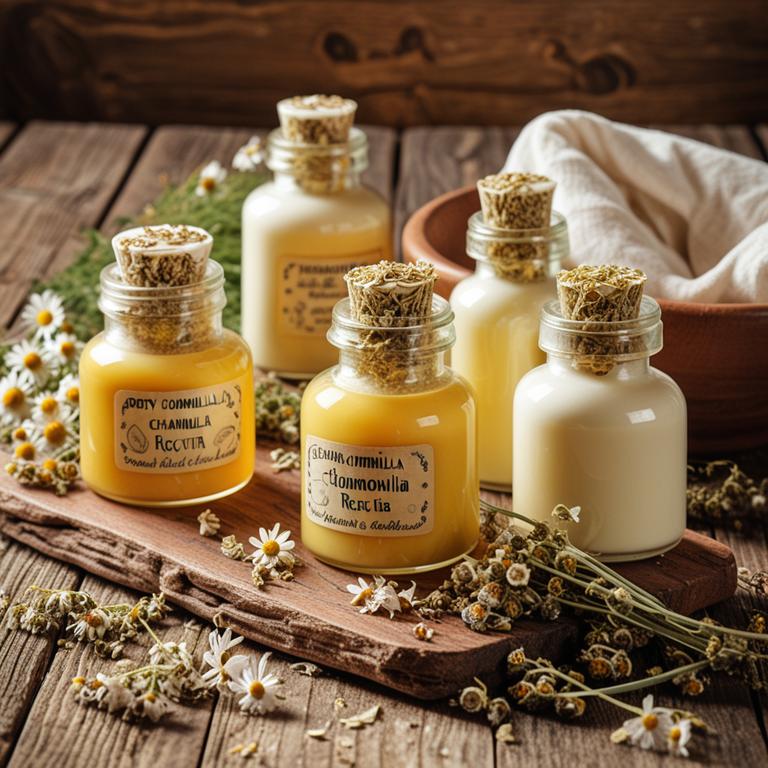
Chamomilla recutita, commonly known as German chamomile, is often used in herbal lotions for its soothing and anti-inflammatory properties.
These lotions are traditionally applied to the skin to help alleviate the discomfort associated with chickenpox, such as itching and redness. The essential oils in chamomile, particularly bisabolol and chamazulene, have been shown to have mild antiviral and calming effects. While not a cure for chickenpox, chamomile lotions can provide symptomatic relief and promote skin healing.
However, it is important to consult a healthcare professional before using any herbal remedies, especially in children.
7. Vitex agnus-castus
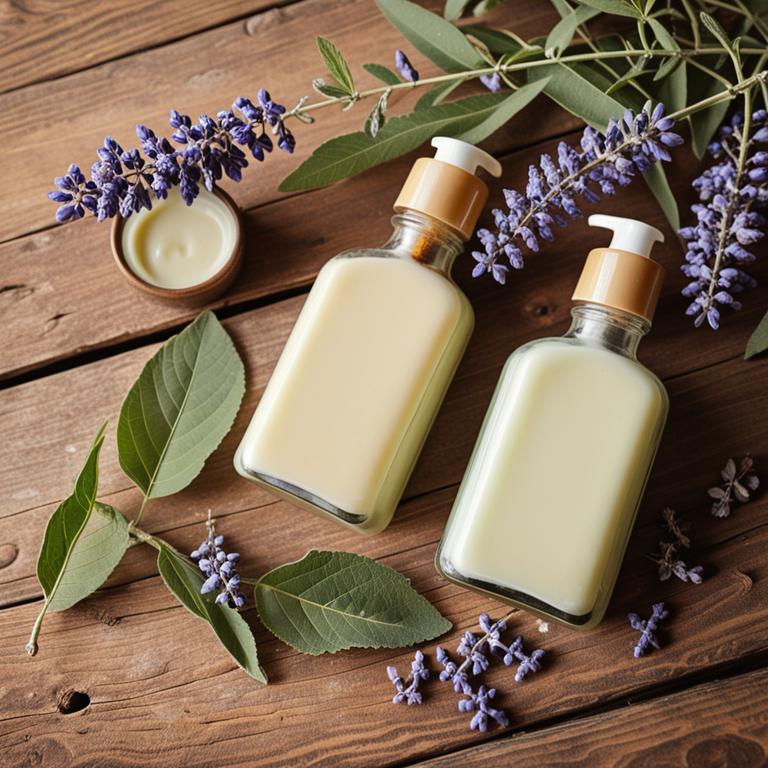
Vitex agnus-castus, commonly known as chasteberry, has been traditionally used in herbal medicine for various health purposes, including hormonal balance and skin conditions.
While it is not a standard treatment for chickenpox, some herbal formulations containing vitex agnus-castus may be used as complementary remedies to support skin healing and reduce inflammation. These herbal lotions are often marketed for their soothing properties, which may help alleviate the discomfort of chickenpox blisters. However, it is important to note that there is limited scientific evidence supporting the efficacy of vitex agnus-castus for chickenpox, and it should not replace conventional medical care.
Always consult a healthcare provider before using any herbal remedies, especially for children or individuals with underlying health conditions.
8. Echinacea purpurea
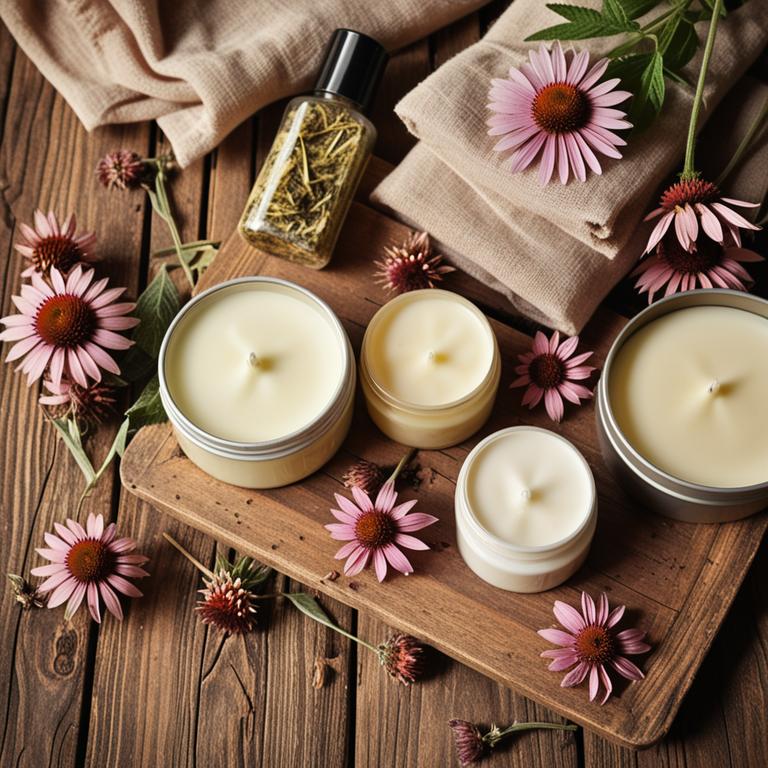
Echinacea purpurea, commonly known as purple coneflower, is a herbal plant often used in traditional medicine for its potential immune-boosting properties.
While it is more commonly associated with immune support in humans, some herbal formulations containing echinacea purpurea have been explored for their possible benefits in managing chickenpox symptoms. These herbal lotions may help reduce inflammation and soothe the skin, which can be beneficial during the blistering stage of chickenpox. However, it is important to note that scientific evidence supporting the efficacy of echinacea purpurea for chickenpox is limited, and its use should not replace standard medical care.
Always consult a healthcare professional before using any herbal remedy, especially for children or individuals with compromised immune systems.
9. Zingiber officinale
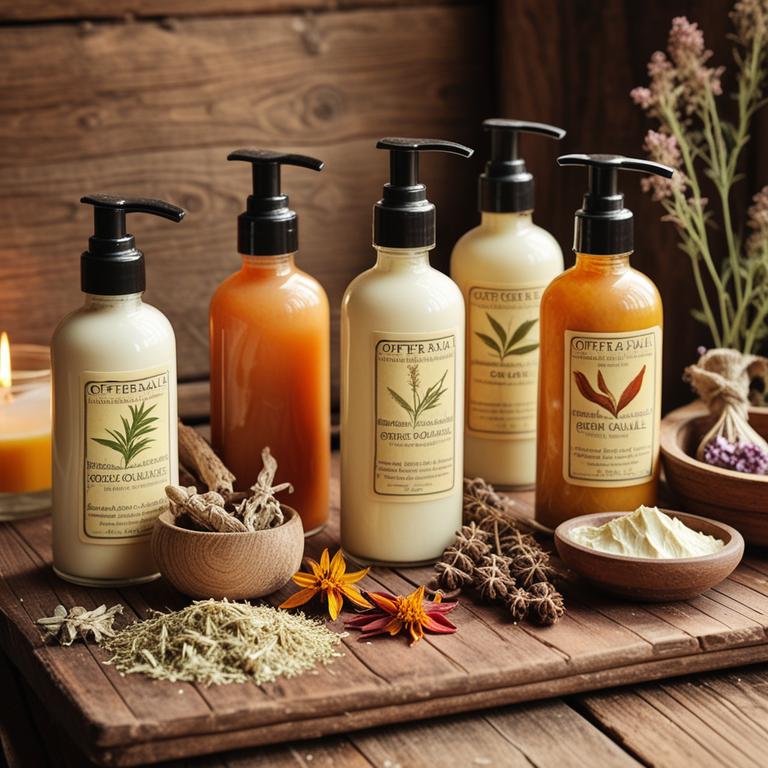
Zingiber officinale, commonly known as ginger, has been traditionally used in herbal remedies for its anti-inflammatory and antiviral properties.
When formulated into a herbal lotion, zingiber officinale may offer soothing relief for the skin irritation associated with chickenpox. The active compounds in ginger, such as gingerol and shogaol, are believed to help reduce redness and itching, promoting faster healing of the blisters. However, it is important to consult a healthcare provider before using any herbal remedy, especially for children or individuals with sensitive skin.
While some anecdotal evidence suggests potential benefits, scientific research on the effectiveness of ginger lotion for chickenpox is limited, and it should not replace conventional medical treatments.
10. Matricaria chamomilla
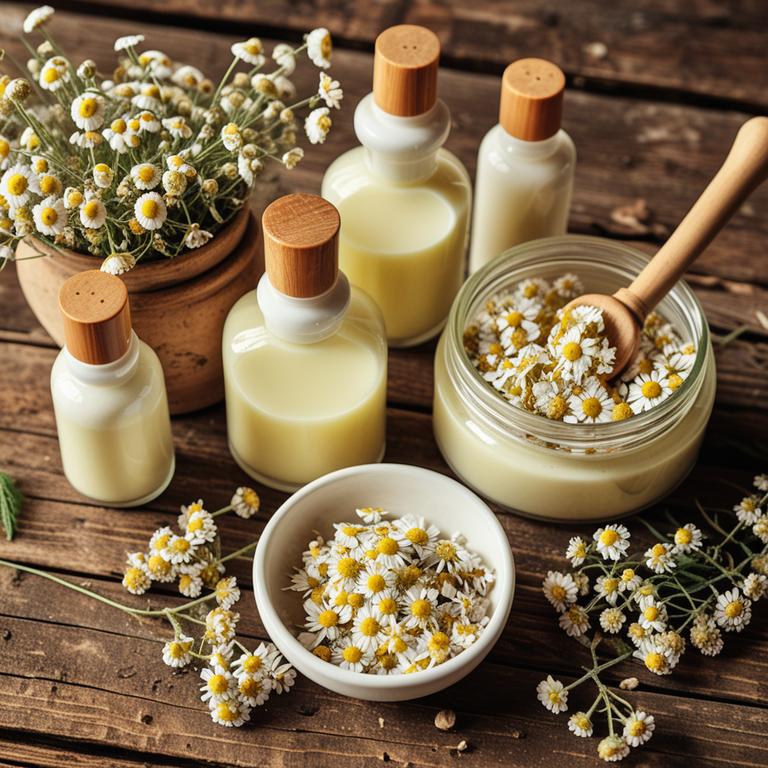
Matricaria chamomilla, commonly known as chamomile, is often used in herbal lotions for its soothing and anti-inflammatory properties, which may help alleviate the discomfort associated with chickenpox.
These lotions typically contain chamomile extract, which has been traditionally valued for its calming effects on the skin. When applied topically, chamomile lotion can help reduce redness, itching, and irritation caused by chickenpox blisters. However, it is important to consult a healthcare provider before using any herbal remedies, especially for children or those with sensitive skin.
While some people find chamomile lotions beneficial as a complementary treatment, they should not replace medical care for chickenpox.